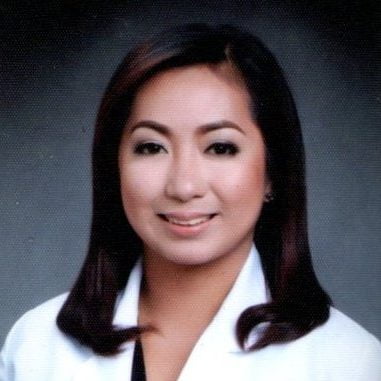Majority of cases for feline diabetes resemble that of human Type 2 diabetes in such a way that it involves strict dietary choices, portioning and weight management to improve upon the conditions.
Alongside the insulin injections used to regulate high blood glucose levels, long-term success lies upon the consistency to stick to a well-portioned, well-considered diet.
However, dietary considerations for cats are much trickier than that made for humans because of the limited variety of options available for consumption.
To better understand how and what to feed diabetic cats, it is crucial to understand how diabetes manifests in felines.
Recommended Food Choices for Diabetic Cats
The bulk of a cat’s normal diet consists of meat. However, each cat is unique, and the same diet won’t uniformly work on every cat. Here are some general food choices for diabetic cats.
- Stick to a low-carbohydrate / high protein meal.
Amongst any available options, always choose the one that contains high protein and lesser carbohydrates. High carbohydrate content leads to a corresponding rise in blood sugar levels, increasing insulin demands in a body that struggles with insulin resistance.
With meats as their preferred food source, most calories should come from animal-based sources of protein. The ideal foods for cats are those whose calories come 50% from protein, and even 40% from fat. Foods less with less than 10% carbohydrate are recommended, although some may need even less than 5% carbohydrates.
- Canned foods are highly recommended over dry foods. Low carbohydrate / high protein canned foods are the best options to choose.
Carbohydrate is essential in the formation of kibble, therefore low carbohydrate content in dry foods is almost impossible. On the other hand, a variety of canned foods contain no carbohydrate at all. The most important emphasis would be on high protein canned foods above all else.
- Always mind portion sizes recommended by a professional.
Everything consumed in excess, no matter how beneficial, will always backfire. Excessive consumption even of high amounts of protein only will still yield a higher calorie intake than what the body needs, which will backfire on the goal to lose weight. It is important to prepare nutritious, exciting meals daily that are within recommended portion sizes.
- Follow through consistent meal schedules that are coordinated with insulin dosing schedules.
Timing the meals with insulin injections leads to peak insulin amounts at the time when calorie absorption and consequently glucose production also exists. This sustained practice may train the body to become more sensitive and responsive to insulin again.
- Above all else, the most important consideration is to gauge whether the cat is willing to eat the prepared food.
No matter how nutritious, how beneficial a meal is, if the cat won’t eat it, then it will be put to great waste. What this means is that compromises might have to be made between the ideal healthy diet and the actual diet. Careful adjustments and trial and errors will lead to the correct balance.
Final Takeaway
Diabetes in animals poses an extra challenge for the patients themselves won’t be able to verbalize their state of being. It may even be harder to spot on unless the initiative to diagnose exists. However, once that is determined, there are time-tested methods to ensure no further complications arise from the condition.
For cats, one of the most effective methods is consistent weight management that relies on a well-portioned diet plan of high calorie/ low carbohydrate food sources. After all, feline diabetes management involves striking the correct balance between insulin administration and strict dietary considerations.
Doctor’s Recommendation
Treats for diabetic cats should not make up more than 10% of their daily diet and should be given at the same time each day. Good treat options include freeze-dried chicken, beef, salmon, tuna, and liver, as they are low in carbs and high in protein. If treats make your cat less hungry at mealtimes, stop giving them.
Always consult your veterinarian before changing your diabetic cat’s diet or insulin. It’s important to maintain a careful balance between nutrition and insulin levels to manage diabetes effectively. Changing one often requires changing the other to prevent dangerous swings in blood sugar levels.
—
Disclaimer: Please note that the contents of this community article are strictly for informational purposes and should not be considered as medical advice. This article, and other community articles, are not written or reviewed for medical validity by Canadian Insulin or its staff. All views and opinions expressed by the contributing authors are not endorsed by Canadian Insulin. Always consult a medical professional for medical advice, diagnosis, and treatment.



